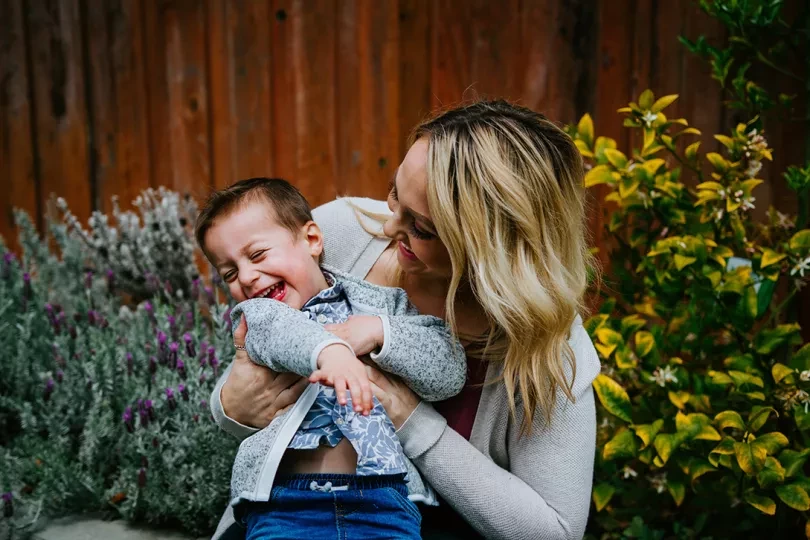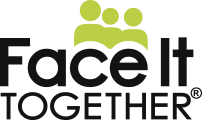Las personas primero: nuestros datos y el aprendizaje de quienes padecen adicciones
April 25, 2025

El verdadero cambio ocurre cuando las personas se sienten vistas, escuchadas y empoderadas. Esta convicción ha moldeado desde hace tiempo nuestra forma de abordar nuestro trabajo y es fundamental para medir nuestro impacto.
Durante el último año, hemos profundizado nuestro compromiso con esta filosofía mediante una colaboración continua con Stand Together para la medición centrada en el cliente. Si bien esta colaboración aporta nueva energía y perspectivas a nuestro trabajo, no supone un cambio en nuestra trayectoria. Es una evolución: una oportunidad para alcanzar nuestra misión de forma más plena, priorizando la voz de las personas a las que servimos.
¿Qué es la medición centrada en el cliente?
La medición centrada en el cliente supone un cambio de perspectiva. En lugar de empezar por los requisitos de los financiadores, empezamos por preguntarnos: ¿Qué les importa a las personas que están en el centro de este trabajo? Se trata de honrar las experiencias vividas, escuchar atentamente y cocrear maneras de comprender el progreso y el impacto.
Este enfoque permite a las personas compartir cuándo y cómo el coaching ha marcado una verdadera diferencia en sus vidas. Podemos aprender junto con nuestros miembros y amplificar sus voces.
Adoptar la medición basada en la voz significa que elegimos una definición de éxito diferente a la habitual. Significa que no nos basamos únicamente en números ni en requisitos. En cambio, valoramos las relaciones, la resiliencia y la autodeterminación.
Por qué es importante
La conexión es la base de las comunidades prósperas. Sabemos que cuando las personas se sienten parte de algo, cuando se construye confianza y cuando tienen la capacidad de decidir sobre sus propias vidas, se produce una verdadera transformación. La medición debe reflejar esto. Debe empoderar, no extraer.
Por eso, este enfoque encaja tan bien con Face It TOGETHER. Desde hace tiempo, adoptamos una visión holística del impacto, que valora las relaciones tanto como los resultados.
Nuestra colaboración con Stand Together nos permite construir sobre esa base desarrollando herramientas y prácticas que aportan aún más humanidad a la recopilación de datos.
De la escucha a la acción
Un ejemplo contundente de esto en acción es la evolución de nuestra programación para seres queridos, quienes apoyan a un familiar con una adicción. En lugar de diseñar una solución desde arriba, empezamos escuchando.
A través de entrevistas, sesiones de escucha y retroalimentación continua, nuestros seres queridos compartieron no solo sus necesidades, sino también sus esperanzas. Nos contaron qué recursos desearían tener, qué tipo de apoyo emocional les parecía significativo y cómo definían su progreso. Esto nos permitió tener una visión más clara de las deficiencias de la programación tradicional y de qué podría realmente marcar la diferencia.
Junto con esta comunidad resiliente, diseñamos un programa que reflejaba esas voces. Nos centramos en el apoyo entre pares, recursos flexibles y herramientas para gestionar las relaciones, porque eso era lo que la gente nos decía que necesitaba. Fue un proceso y sigue siendo un programa basado en la confianza, la dignidad y la experiencia vivida.
Como compartió un participante: “Valoro la franqueza de nuestra conversación y diálogo… cómo mi entrenador me lleva a 'donde estoy' en lugar de intentar guiarme en una dirección diferente”.
Ese tipo de retroalimentación nos indica que vamos por buen camino. No porque hayamos seguido un guion, sino porque hemos decidido seguir el ejemplo de quienes servimos.
Lo que nos distingue
En un panorama donde los datos se utilizan a menudo para demostrar, nos interesa más cómo pueden utilizarse para mejorar. Esta mentalidad, combinada con nuestro compromiso con la cocreación, distingue a Face It TOGETHER.
No solo informamos de los resultados; trabajamos para comprender su porqué. No solo recopilamos retroalimentación; la integramos en la toma de decisiones en tiempo real.
Este enfoque de impacto basado en valores, arraigado en la cocreación y el aprendizaje centrado en el ser humano, es más que una solución técnica.
Poner a las personas en el centro de nuestro aprendizaje puede parecer simple, pero es increíblemente significativo. Pone en práctica nuestros valores, demuestra cómo definimos el éxito y demuestra nuestra disposición a pensar de forma diferente para lograr algo mejor.
¿Qué sigue?
En los próximos meses, compartiremos más sobre cómo se desarrolla este trabajo. Compartiremos las preguntas que nos hacemos, las historias que escuchamos y cómo este enfoque está moldeando no solo nuestra estrategia de datos, sino también nuestra cultura.
Agradecemos a Stand Together por acompañarnos en este camino. Y aún más a las personas y familias cuyas perspectivas siguen guiando nuestro camino.
Este no es un capítulo nuevo, sino uno más profundo. Y nos honra seguir aprendiendo, creciendo y escuchando a medida que avanzamos.
